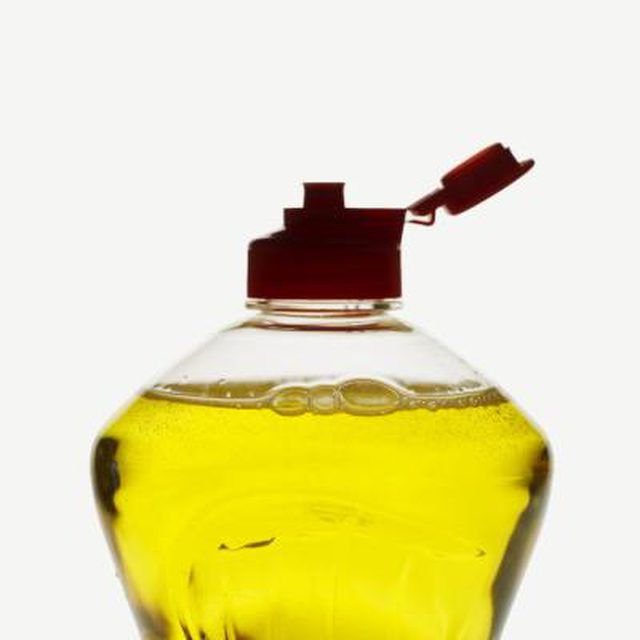Bulbs
Flower Basics
Flower Beds & Specialty Gardens
Flower Garden
Garden Furniture
Garden Gnomes
Garden Seeds
Garden Sheds
Garden Statues
Garden Tools & Supplies
Gardening Basics
Green & Organic
Groundcovers & Vines
Growing Annuals
Growing Basil
Growing Beans
Growing Berries
Growing Blueberries
Growing Cactus
Growing Corn
Growing Cotton
Growing Edibles
Growing Flowers
Growing Garlic
Growing Grapes
Growing Grass
Growing Herbs
Growing Jasmine
Growing Mint
Growing Mushrooms
Orchids
Growing Peanuts
Growing Perennials
Growing Plants
Growing Rosemary
Growing Roses
Growing Strawberries
Growing Sunflowers
Growing Thyme
Growing Tomatoes
Growing Tulips
Growing Vegetables
Herb Basics
Herb Garden
Indoor Growing
Landscaping Basics
Landscaping Patios
Landscaping Plants
Landscaping Shrubs
Landscaping Trees
Landscaping Walks & Pathways
Lawn Basics
Lawn Maintenance
Lawn Mowers
Lawn Ornaments
Lawn Planting
Lawn Tools
Outdoor Growing
Overall Landscape Planning
Pests, Weeds & Problems
Plant Basics
Rock Garden
Rose Garden
Shrubs
Soil
Specialty Gardens
Trees
Vegetable Garden
Yard Maintenance
How to Clean a Pump Sprayer
How to Clean a Pump Sprayer. Pump sprayers use a telescopic plunger to draw a solution, such as an herbicide or pesticide, out of the reservoir. After the solution leaves the reservoir, the plunger pushes it through the hose, into the spray gun and out the nozzle. Operated by hand, pump sprayers utilize high pressure to spray at distances of up to...

Pump sprayers use a telescopic plunger to draw a solution, such as an herbicide or pesticide, out of the reservoir. After the solution leaves the reservoir, the plunger pushes it through the hose, into the spray gun and out the nozzle. Operated by hand, pump sprayers utilize high pressure to spray at distances of up to 25 or 30 feet. Pump sprayers require cleaning in between uses to flush out chemicals that may dry up and clog the inner workings of the sprayer.
Things You'll Need
Small bowl
Warm water
Dish soap
Remove all chemicals from the pump sprayer. Empty the chemicals from the pump sprayer by either using them up or disposing of them according to manufacturer’s recommendations.
Soak the nozzle of the pump sprayer in a small bowl of warm water and a squirt of dish soap. Allow the nozzle to soak for approximately 10 minutes. Rinse the nozzle with warm water and dry it with a paper towel.
Pour warm water into the reservoir of the pump sprayer along with a few squirts of dish soap. If you do not have dish soap, any mild detergent will suffice. Soak for approximately 10 minutes.
Reattach the nozzle to the pump sprayer. Pump the soapy water through the sprayer several times to rinse out the hose, sprayer gun and the sprayer nozzle.
Pour the soapy water out of the pump sprayer, and fill the reservoir with warm, clear water. Pump the clear water through the hose, sprayer gun and nozzle to remove any soapy residue. Allow the pump sprayer to air dry.
Tips & Warnings
If you have used an herbicide or pesticide in the sprayer, clean the sprayer with ammonia instead of dish soap. Pour the ammonia into the reservoir at a ratio of 1 quart of ammonia for every 25 gallons of water. Allow the ammonia solution to sit in the reservoir for 15 minutes and then pump it through the hose, sprayer gun and nozzle until the reservoir is completely empty. Allow the pump sprayer to air dry.
Check the information booklet that came with your particular pump sprayer to see if the pump mechanism requires yearly maintenance. Some manufacturers recommend taking the mechanism apart to clean and oil it once a year.
Never store chemicals or leave unused chemicals in the pump sprayer.